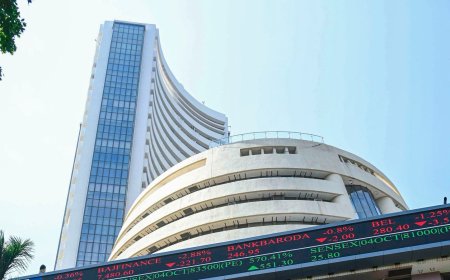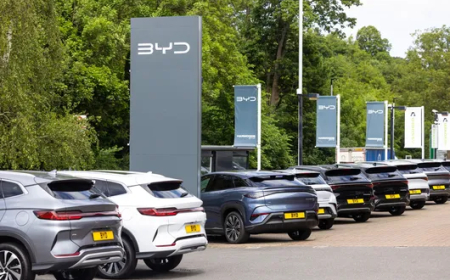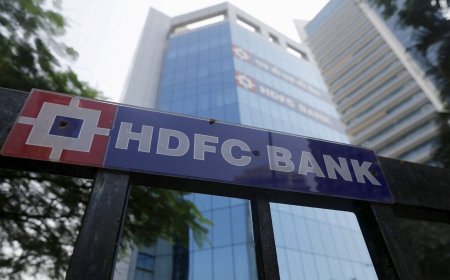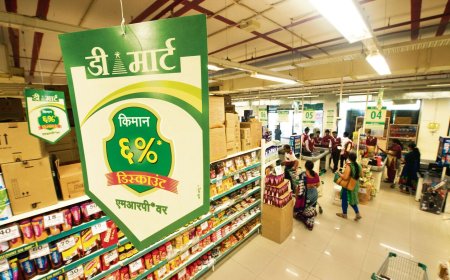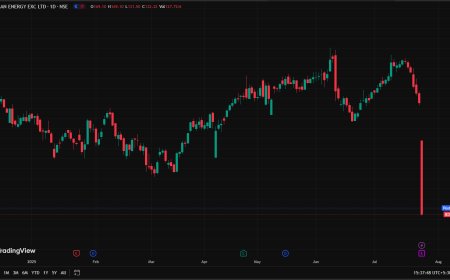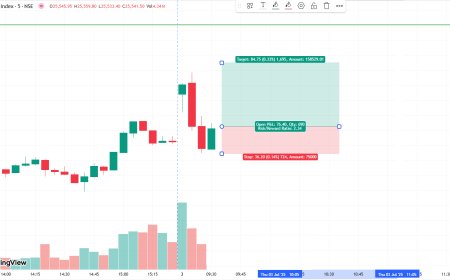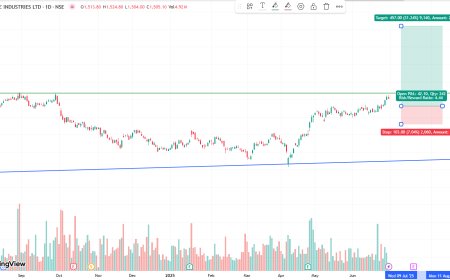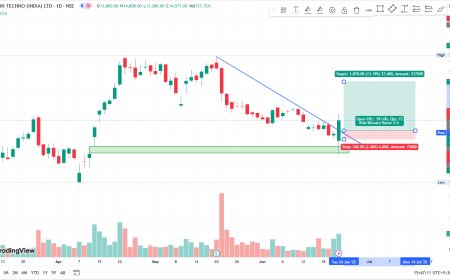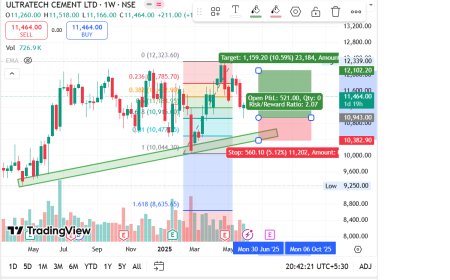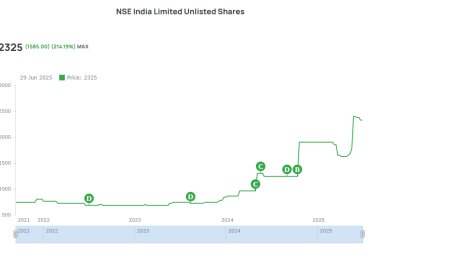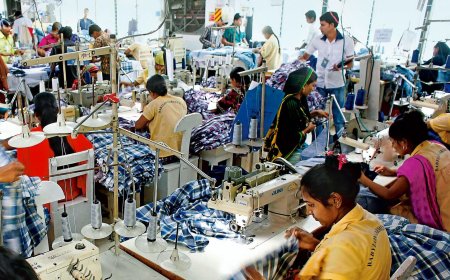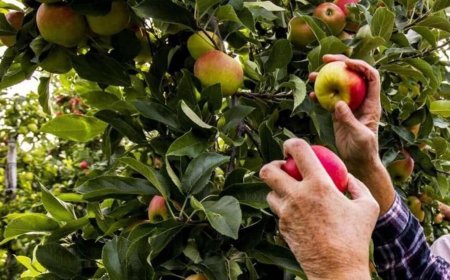FMCG’s Urban Nightmare: Will These Stocks Get Their Mojo Back?
The FMCG sector faces an urban sales slowdown amid changing consumer habits and inflation. Explore analyst insights, market trends, and investor strategies to navigate this urban FMCG challenge.

Introduction: The Unexpected Slowdown in FMCG Urban Sales
The fast-moving consumer goods (FMCG) sector, long hailed as the backbone of India’s consumption story, is facing a tough challenge in urban markets. After a period of robust growth fueled by rising disposable incomes, expanding middle class, and aggressive marketing, the urban FMCG segment is witnessing an unexpected slowdown. This has sparked concerns among investors and industry watchers: will FMCG stocks regain their lost momentum, or is this a sign of a deeper shift in consumption patterns?
Urban Market Dynamics: The Cracks in FMCG Growth
Urban consumers, who have traditionally been the largest spenders on packaged foods, personal care, and household products, are now exhibiting more cautious spending behaviors. Rising inflation, higher interest rates, and the growing penetration of e-commerce platforms offering attractive deals have altered the urban consumption landscape.
According to a recent NielsenIQ report, urban FMCG growth decelerated to 6% in the past quarter compared to double-digit growth figures seen just two years ago. Categories such as beauty and personal care, premium beverages, and packaged foods are most affected.
“Urban consumers are becoming more value-conscious. The premiumization trend has slowed, and there is a clear shift towards affordable, value-for-money products,” explains Rajiv Mehta, FMCG analyst at Prudent Capital Advisors. “Brands that fail to adapt quickly to these changing preferences risk losing market share.”
Key Stocks Under Pressure
Major FMCG players such as Hindustan Unilever Ltd (HUL), Nestlé India, Dabur, and Godrej Consumer Products have seen their share prices dip over the last six months amid sluggish urban demand and cautious consumer sentiment.
HUL, often viewed as a bellwether for the FMCG sector, reported a 4.5% decline in urban sales growth in its latest earnings call. Nestlé India, too, noted subdued demand for its premium packaged foods, especially in metropolitan centers.
Investors have responded by trimming exposure to FMCG stocks, wary of earnings downgrades and margin pressures stemming from rising input costs and competitive pricing.
Analyst Insights: Is This a Temporary Blip or Structural Shift?
Market experts are divided on whether the urban slowdown is cyclical or structural.
“Apart from macroeconomic factors, we are seeing a consumer mindset shift towards minimalism and conscious consumption. Urban buyers prefer fewer but better-quality products,” says Anjali Rao, Senior Research Analyst at CapitalEdge Securities. “This could lead to consolidation in certain FMCG categories, but also new opportunities in niche, organic, and sustainable brands.”
She adds, “Digital transformation and e-commerce will be critical for FMCG companies to regain urban consumer interest. Those who innovate with personalized offerings and omni-channel presence are likely to bounce back faster.”
On the other hand, veteran analyst Sunil Agarwal of Sagar Wealth Management believes the slowdown is temporary. “With inflation expected to ease and discretionary spending recovering post-pandemic, urban FMCG growth will revive. Long-term consumption drivers like rising urbanization and increased female workforce participation remain intact.”
Market Context: The Bigger Picture
India’s FMCG sector accounts for nearly 14% of the country’s GDP and is the fourth largest sector in the economy. It is estimated to grow at a CAGR of 12-14% over the next five years, driven by rural consumption and tier-2 and tier-3 cities where demand is still expanding.
Rural FMCG sales have actually outpaced urban growth in recent quarters, reflecting the rural economy’s resilience despite global inflationary pressures.
Furthermore, international FMCG majors are aggressively targeting rural and semi-urban markets with customized, affordable products. This diversification strategy is crucial to offset the slowdown in urban centers.
Investor Outlook: Strategies to Consider
For investors, the current environment calls for a nuanced approach:
-
Value Picks: Companies with a strong portfolio of affordable brands and a solid rural presence, such as ITC and Marico, may offer more stable returns in the near term.
-
Digital Innovators: Firms investing heavily in e-commerce integration and data-driven consumer insights are better positioned to capture changing urban demand.
-
Selective Exposure: While blue-chip FMCG stocks are experiencing pressure, their strong balance sheets and pricing power make them attractive for long-term investors seeking resilience.
“Investors should look beyond the headline numbers and focus on companies’ adaptability to evolving consumer trends,” advises Rajiv Mehta. “FMCG remains a structural growth sector, but selective stock picking and patience are key.”
The urban FMCG slowdown is a wake-up call for companies and investors alike. While immediate growth pressures have dampened enthusiasm, the sector’s long-term fundamentals remain robust. Adaptation to new consumer behaviors, accelerated digital adoption, and a balanced focus on rural and urban markets will determine which FMCG stocks reclaim their mojo.
In a sector where brand loyalty has traditionally been strong, the current urban market turbulence signals the need for innovation, agility, and consumer-centric strategies. For investors, this may be an opportune moment to recalibrate portfolios and prepare for the next phase of FMCG growth in India.
What's Your Reaction?
 Like
0
Like
0
 Dislike
0
Dislike
0
 Love
0
Love
0
 Funny
0
Funny
0
 Angry
0
Angry
0
 Sad
0
Sad
0
 Wow
0
Wow
0




